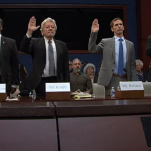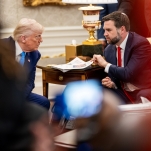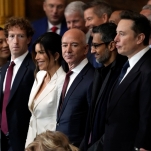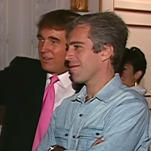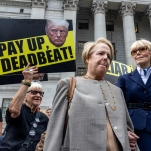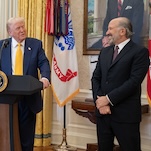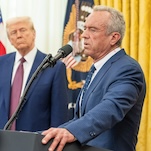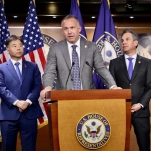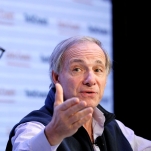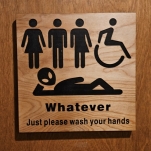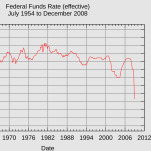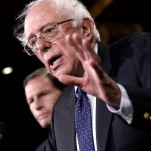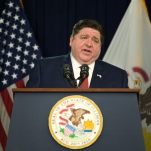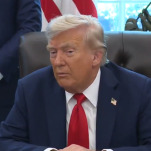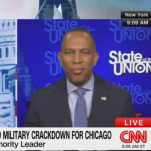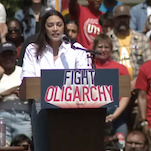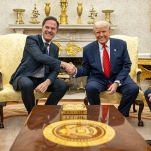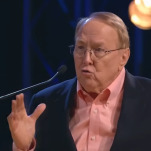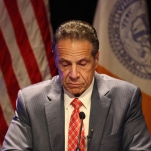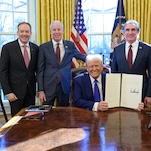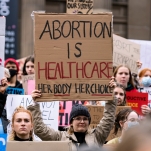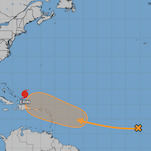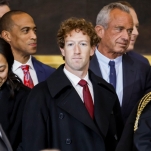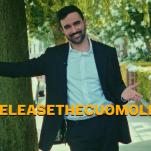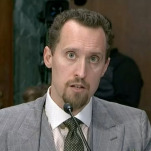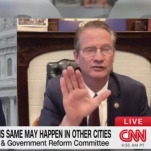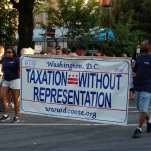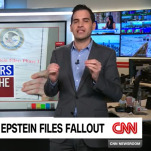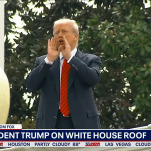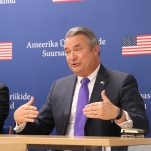Democrats Have Been Terrible at Talking About Abortion Since Long Before Bernie Sanders Got Here
The word “abortion” first appeared in the Democratic Party Platform in 1976, three years after Roe v. Wade made the procedure legal in every state. The language was succinct and bloodless, just two brief lines endorsing the Supreme Court decision and acknowledging the “religious and ethical nature of the concerns which many Americans have on the subject.”
The platform position stayed basically the same until until 1984, when the word was replaced by the more euphemistic “reproductive freedom.” That became “reproductive choice” in 1988 and reverted back to “abortion” in 1992.
In 2016, the platform officially rejected the Hyde Amendment’s ban on federal funding for the procedure, but remained the same kind of policy baseline: Abortion is a medical procedure and the government shouldn’t impede access to it.
That there is room to say and feel more here seems obvious, but after nearly 45 years—while Republicans and the anti-abortion movement fostered a nice little culture war and the vocabulary to go with it—Democrats are still very bad at talking about abortion and its sometimes complicated place in people’s lives.
So when it comes up, as it did last week, when Senator Bernie Sanders and Democratic National Committee Chair Tom Perez endorsed a local candidate with a record of supporting anti-abortion legislation, people tend to show their asses.
Sanders has a strong voting record on abortion rights and reproductive health, but has never really incorporated either into how he talks about income inequality. This is an absurd blind spot since the rollback of abortion rights in this country is fundamentally an assault on poor women. The means to control if, when, and under what circumstances you have a kid is deeply connected to women’s educational and financial lives. Motherhood shouldn’t be a poverty sentence, and there is no economic justice without full abortion rights.
-

-

-

-

-

-

-

-

-

-

-

-

-

-

-

-

-

-

-

-

-

-

-

-

-

-

-

-

-

-

-

-

-

-

-

-

-

-

-

-

-

-

-

-

-

-

-

-

-

-

-

-

-

-

-

-

-

-

-

-

-

-

-

-

-

-

-

-

-

-

-

-

-

-

-

-

-

-

-

-

-

-

-

-

-

-

-

-

-

-

-

-

-

-

-

-

-

-

-

-

-

-

-

-

-

-

-

-







